April 18, 2017
by Jane Waldbaum
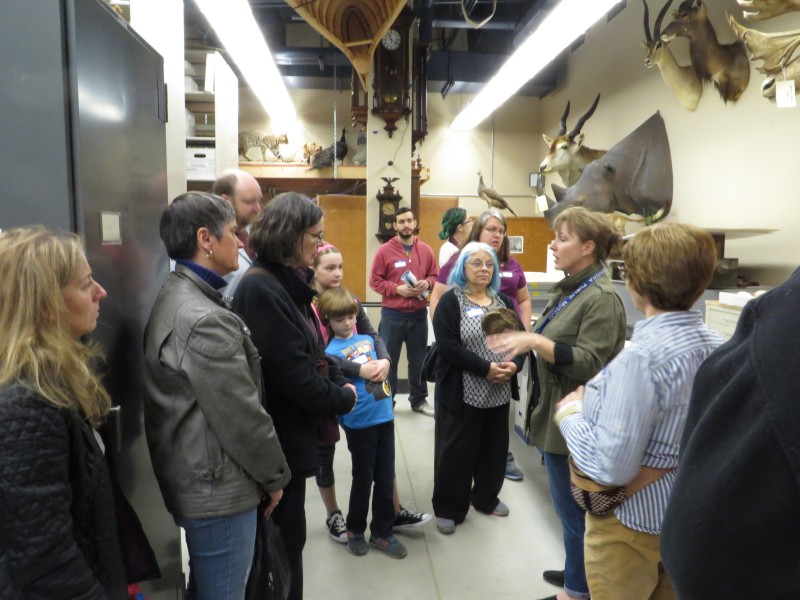
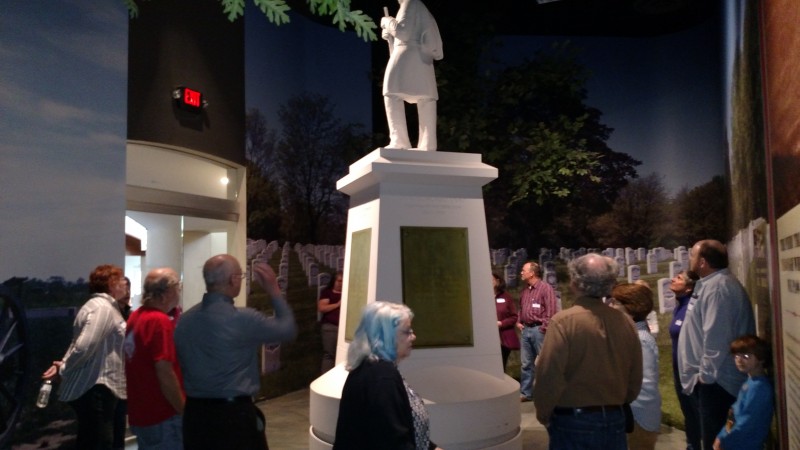
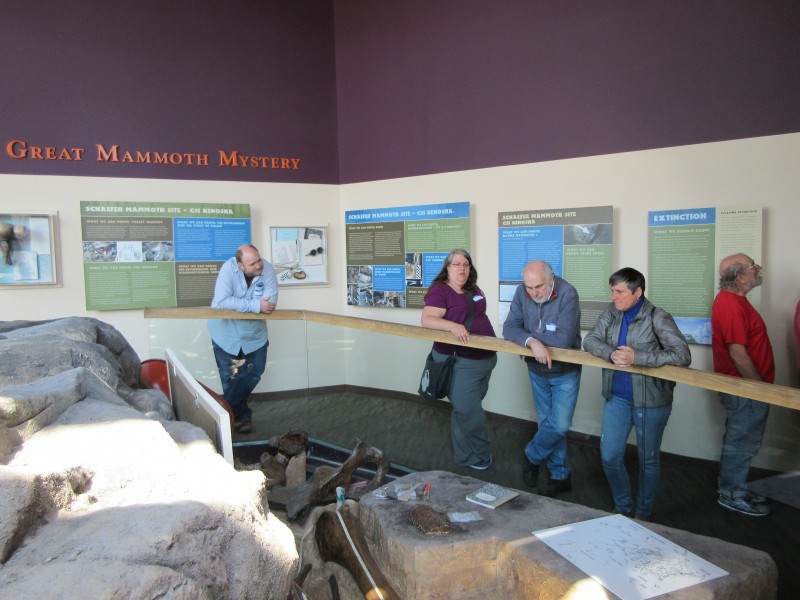
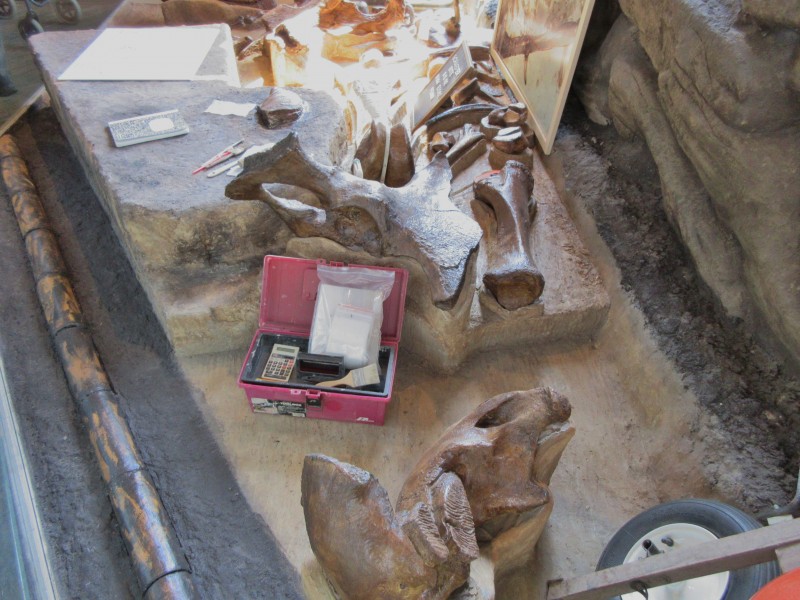
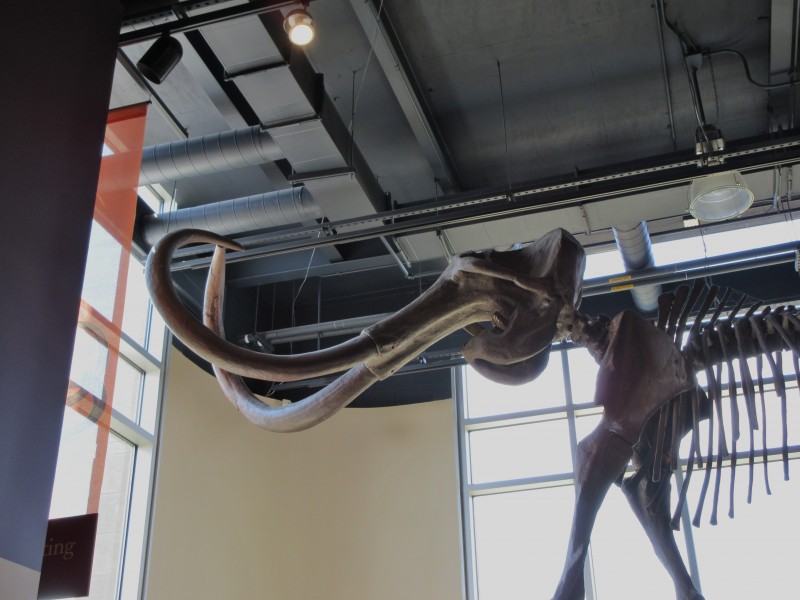
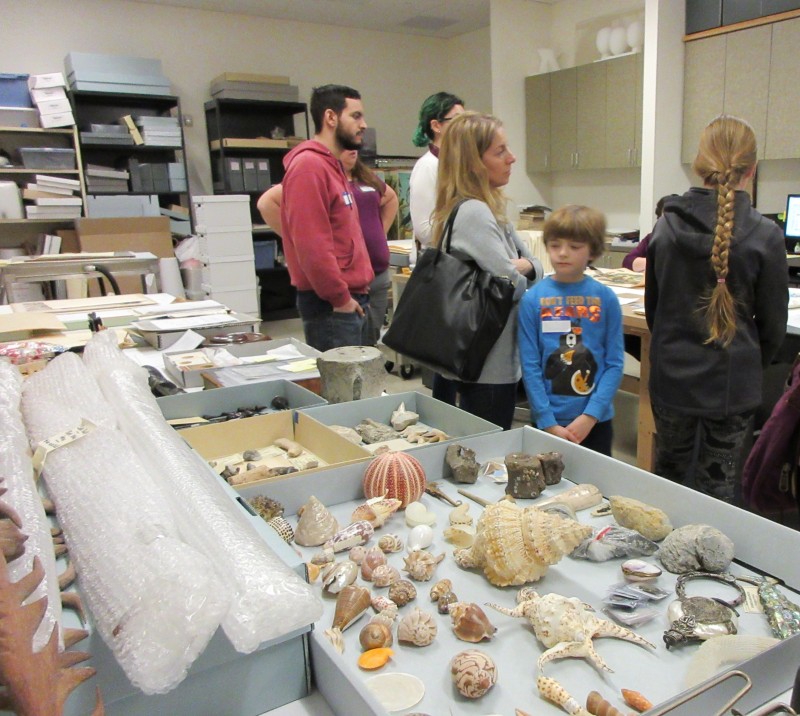
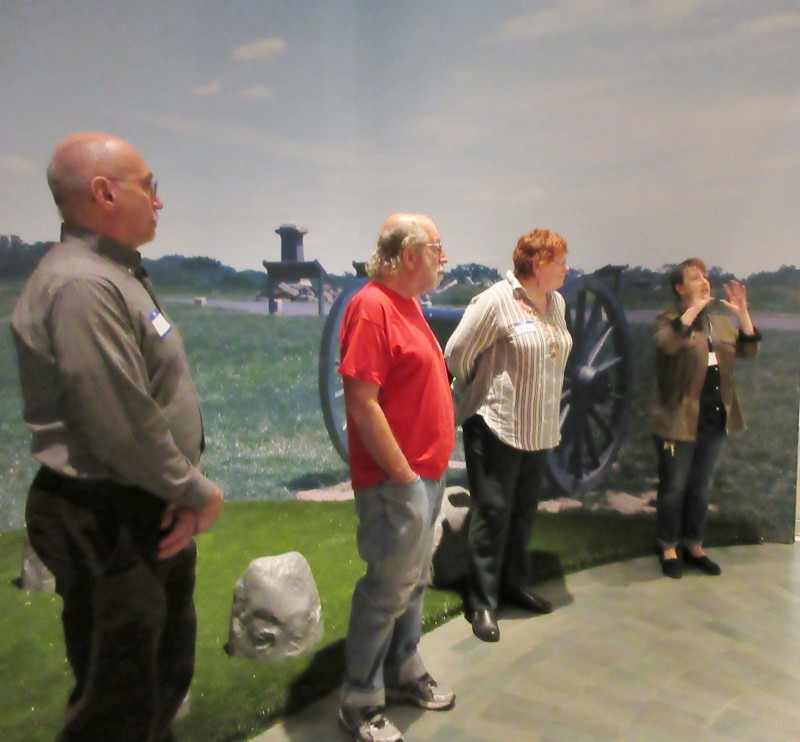
On Saturday, April 8, 2017 the AIA-Milwaukee Society organized a field trip to two fascinating museums in Kenosha, Wisconsin—the Kenosha Public Museum home of the Hebior and Schaeffer mammoth remains and the Civil War Museum of Kenosha. The two museums are next door to each other and occupy a lovely setting on Lake Michigan near downtown Kenosha. They also share administration and facilities such as conservation, preparation, and other labs. AIA members of several Midwest local societies were invited to participate. Most of the participants were from the Milwaukee Society with a couple coming from the Valparaiso Society. A delicious lunch, featuring Italian specialties from a local restaurant, was provided thanks to the generosity of Dave Adam, Milwaukee Society Member and General Trustee on the AIA’s Governing Board.
Our tour of both museums was expertly guided by Ms. Gina Radandt, Curator of Collections at the Kenosha Public Museum. Highlights included an overview of exhibits at both museums plus a “backstage” visit to the preparation lab at the Civil War Museum, where we were able to view an assortment of Civil War items. We also toured a storage area and workroom in the Kenosha Public Museum. Everyone was fascinated by the mammoth exhibit at the KPM which included a gigantic reproduction of the nearly complete Hebior Mammoth skeleton, the oldest and most complete mammoth skeleton ever excavated. Both the Hebior and the somewhat less complete Schaeffer mammoth were found and carefully excavated in nearby Kenosha County farmers’ fields and both had been killed and butchered by humans more than 14,000 years ago. According to Dan Joyce, one of the excavators (now Director of the Kenosha Public Museum) “…the Schaefer and Hebior sites are the best evidence for early dates of people in North America.” It was a real thrill to think of these enormous creatures roaming in our “backyard” so long ago and to learn that our distant human relatives were there to hunt them.